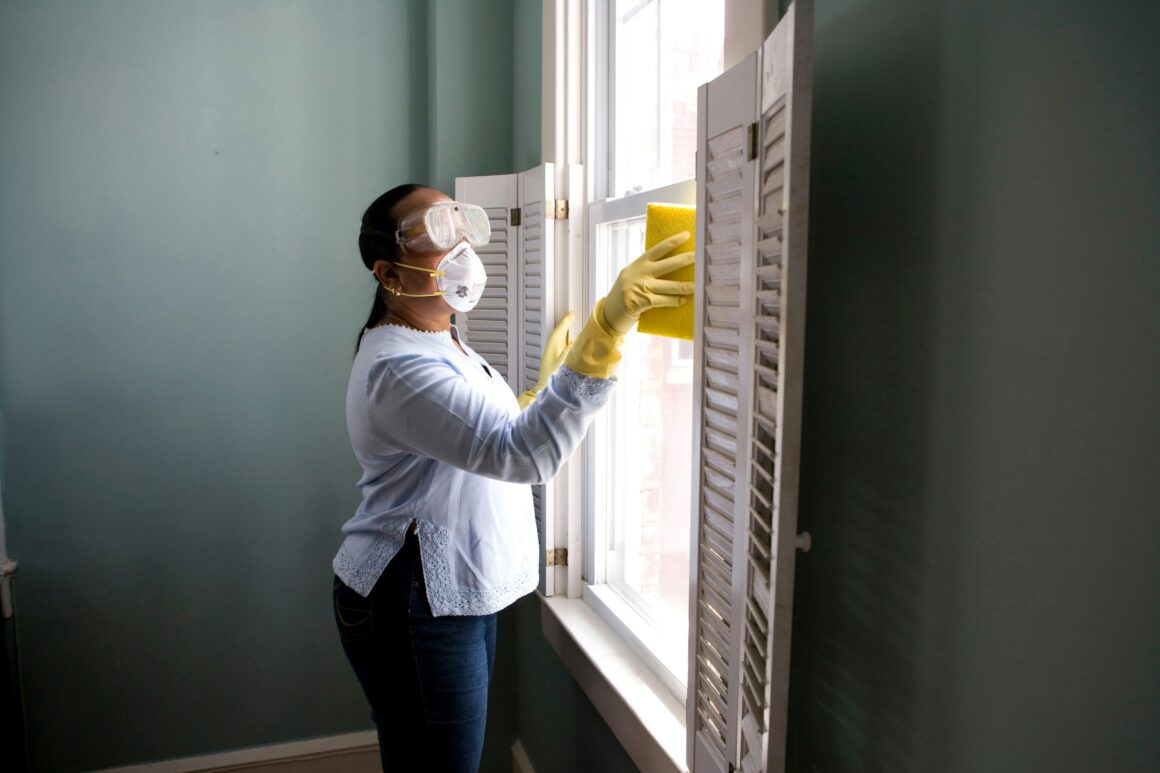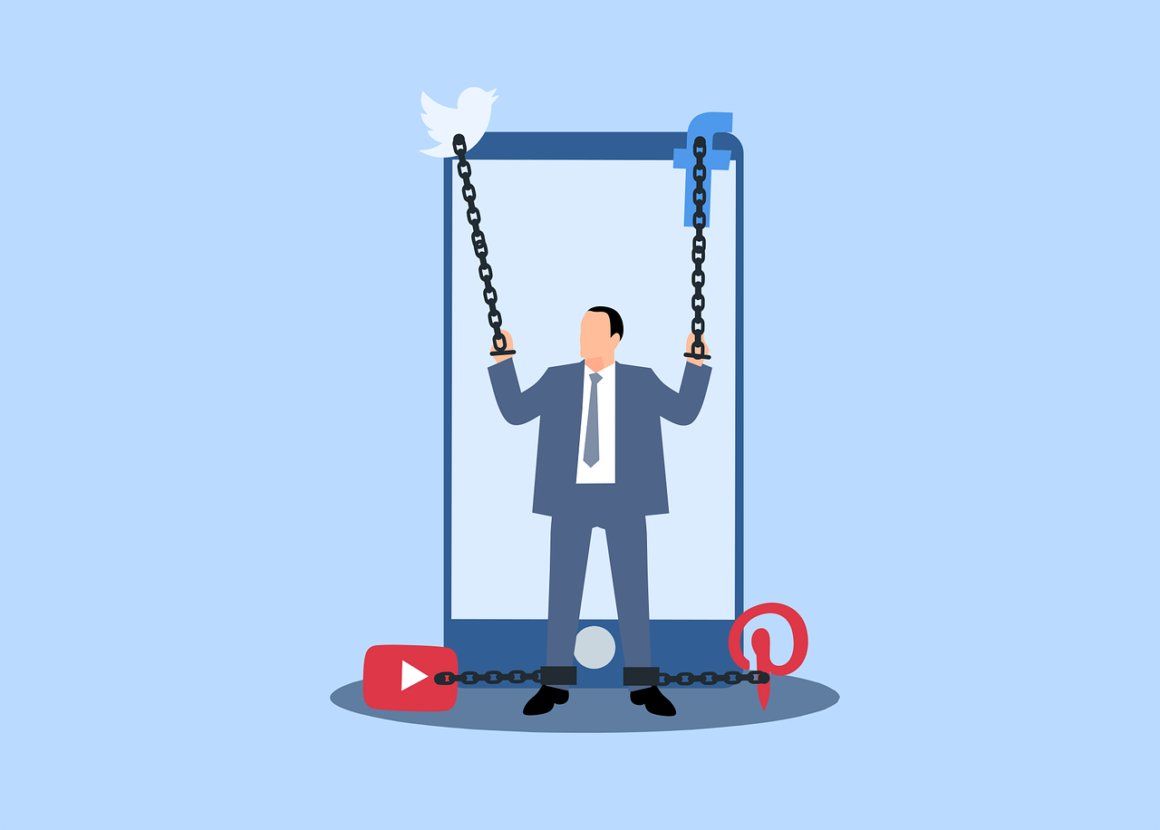Sounds pretty ridiculous, right?
But to Gordon Walker, the director of the state Housing and Community Development Division in Utah, it’s a no brainer. “If you want to end homelessness, you put people in housing,” he said, “This is relatively simple.”
In 2015, Utah declared a remarkable victory. Since they first made it a priority in 2003, the state has reduced chronic homelessness by 91%. Today, chronic homelessness levels in Utah are approaching an effective zero.
Chronic homelessness is a term used to describe people who have homeless for either a full year or four times in the past three years. While those who are chronically homeless account for only 10% of the homeless population, they consume 50% of shelter resources. The small group of people who are chronically homeless put a disproportionate strain on services available for the wider homeless population.
“The old model was well intentioned but misinformed. You actually need housing to achieve sobriety and stability, not the other way around.”
Almost 25 years ago, a psychologist living in New York named Sam Tsemberis developed an approach to ending chronic homelessness. Now, it’s popularly known as “housing first”. The housing first model is based on the belief that housing is a human right, and comes without preconditions for sobriety or employment like other housing programs do. Alcoholic? No problem, here’s a heated apartment with running water. Suffering from a mental illness? That’s okay. Get settled in and we’ll send a caseworker your way. The logic is simple, but effective. Once a person has a place to live, they’ll be able to find employment, seek help for mental health issues, and work to counteract any kind of substance abuse. “The old model was well intentioned but misinformed,” Tsemberis said, “You actually need housing to achieve sobriety and stability, not the other way around.”

And it works. After Utah implemented housing first, the state reportedly “saved millions” in taxpayer dollars and reduced the number of chronically homeless people from 2000 to under 200. The model has found success in other places like Medicine Hat, Alberta and Santa Clara, California.
Housing first is so successful because it recognizes the subtle sociological implications of chronic homelessness. As a group, people who are chronically homeless tend to have mental health conditions or substance abuse problems as well as high rates of life threatening conditions such as asthma, liver disease, and HIV/AIDS. These factors account for an age adjusted mortality rate that is 4 to 9 times higher than the general housed population. A person can’t fix mental health issues, substance abuse or illness without a stable home.
Not only is housing first effective, it also saves an unbelievable amount of money. It’s actually cheaper to give a person a home than it is to keep them homeless. Malcolm Gladwell, author of Nudge and The Tipping Point, wrote a brief on this phenomenon called Million Dollar Murray. It follows a homeless man named Murray Barr who managed to cost the state of Nevada almost $1 million over the course of 10 years due to a combination of emergency hospitalizations, jail visits, shelter use, and substance abuse treatment. Tragically, Murray had brief periods of sobriety when he was enrolled in substance abuse treatment programs, but invariably relapsed when he was deemed “cured” and thrown back out on the streets. Due to the laundry list of medical bills and shelter stays a person who is chronically homeless can collect, taxpayers pay as anywhere between $30,000 to $50,000 a year to keep a person homeless.

In 2004, Utah gave housing to 17 chronically homeless people in Salt Lake City as a sort of “trial run”. When they checked in a year later, fourteen were still in their homes, three were dead, and one was unreachable. A success rate of over 80% was compelling enough to convince legislators of statewide implementation, not to mention the $8,000 per person housed saved by the state. Today, the results speak for themselves.
We can’t end chronic homelessness overnight, but there are some concrete steps you can take to make an impact on the future of a person who is chronically homeless. If you’re looking for ways to contribute, check out National Coalition for the Homeless for advice on actions ranging from donations to fundraising and advocacy.





Comments are closed.